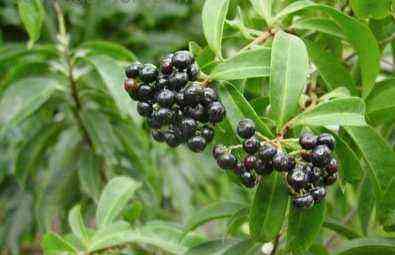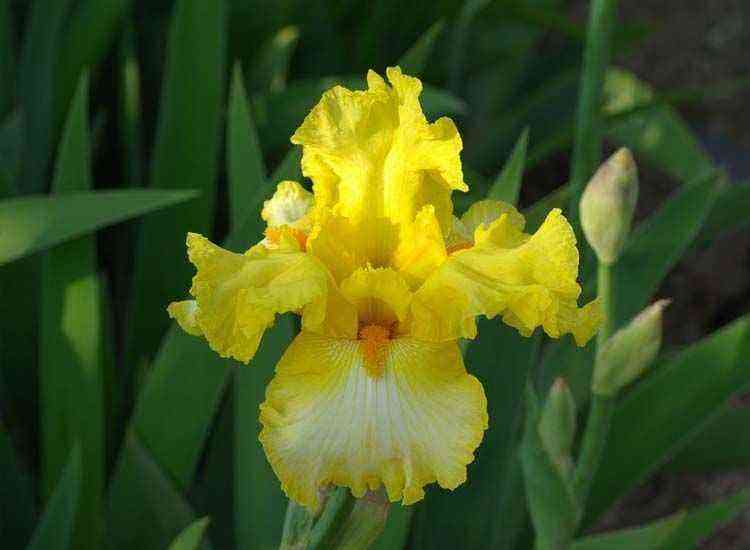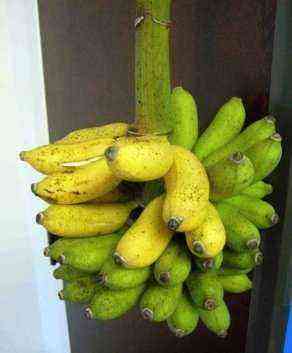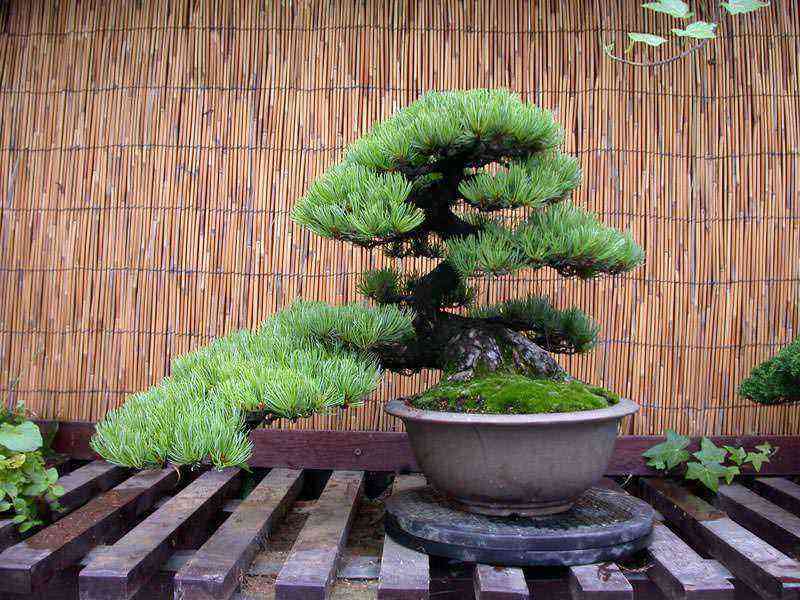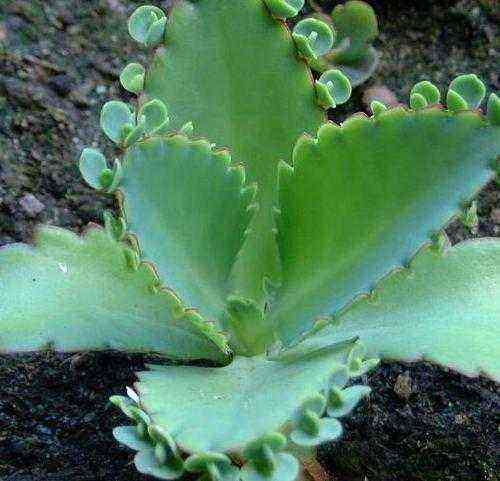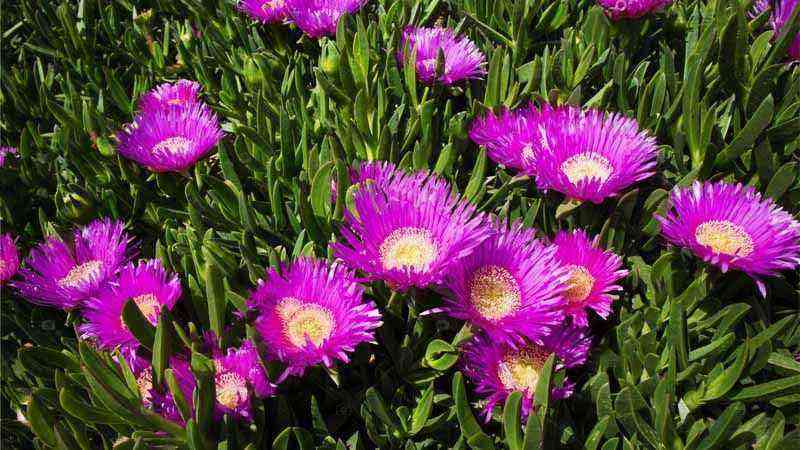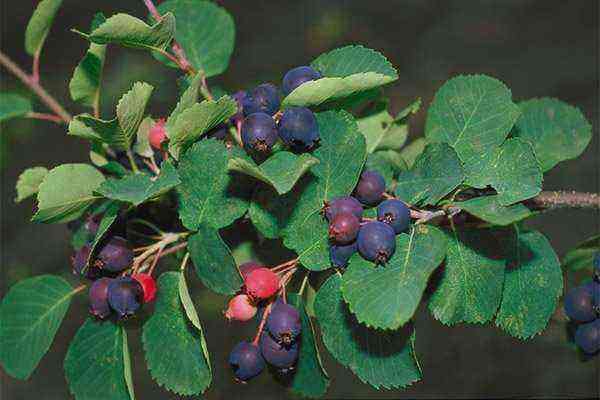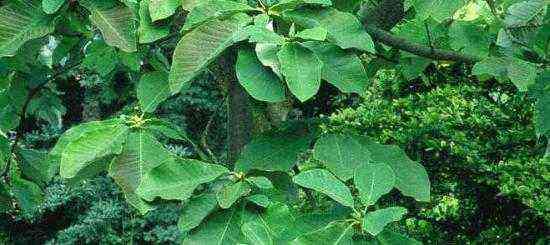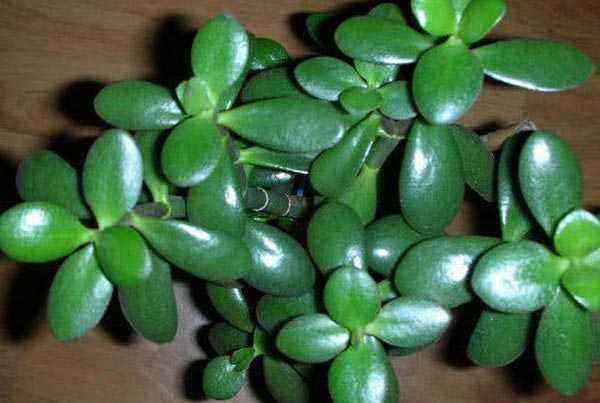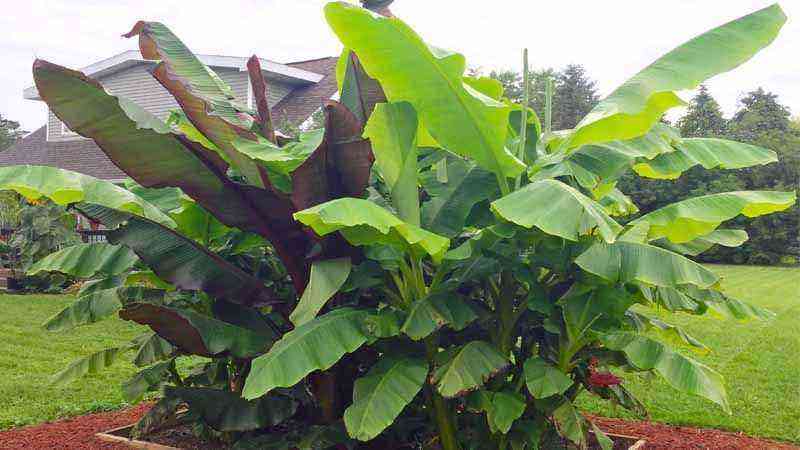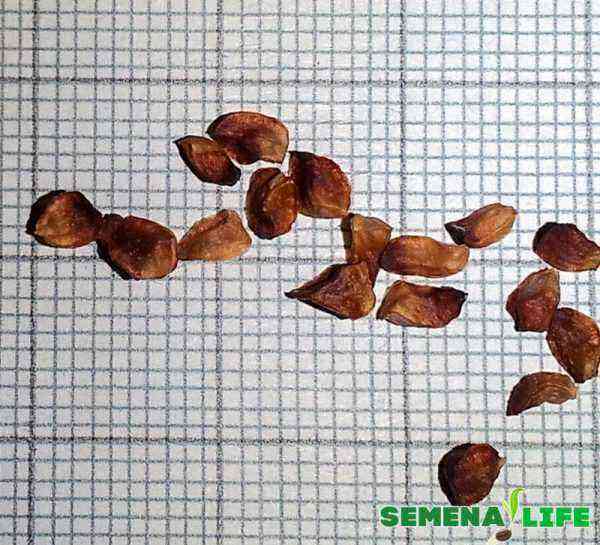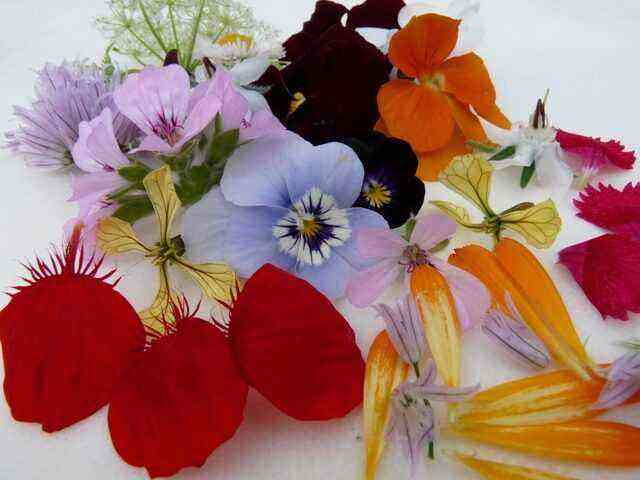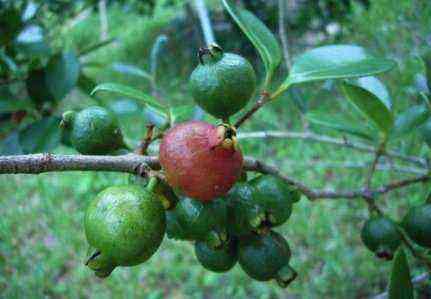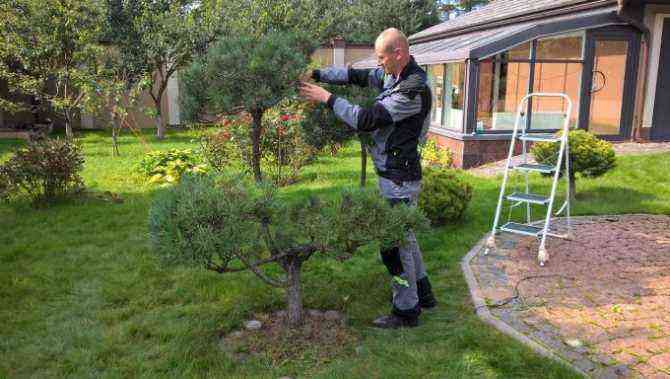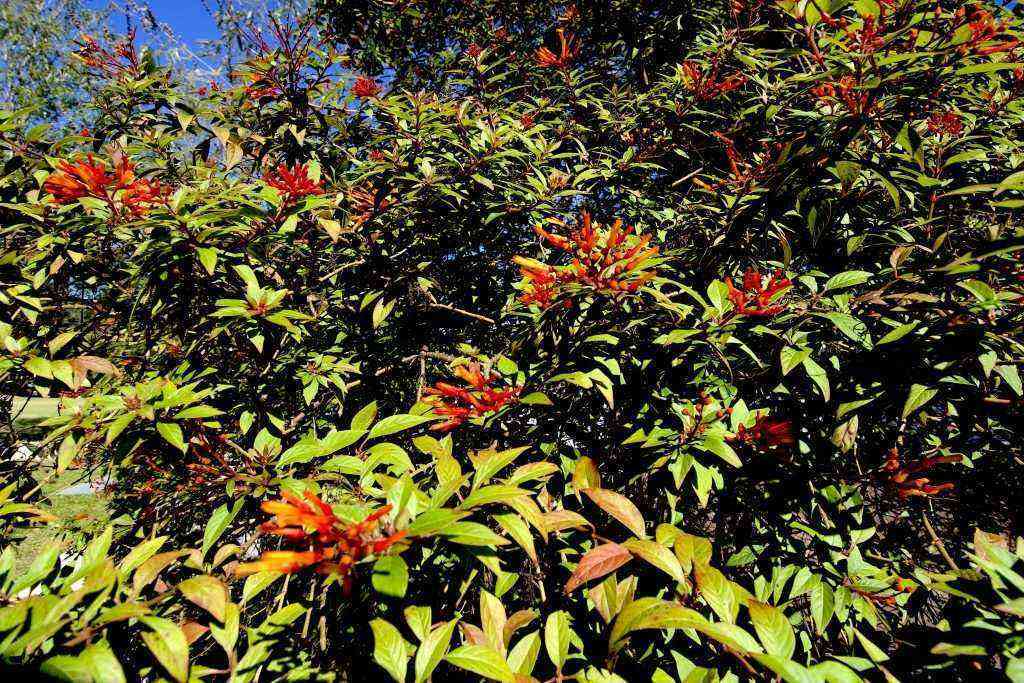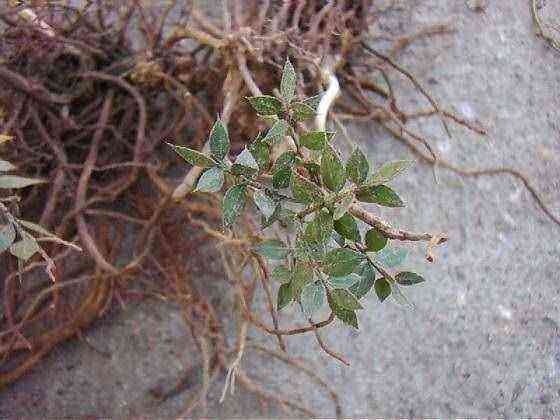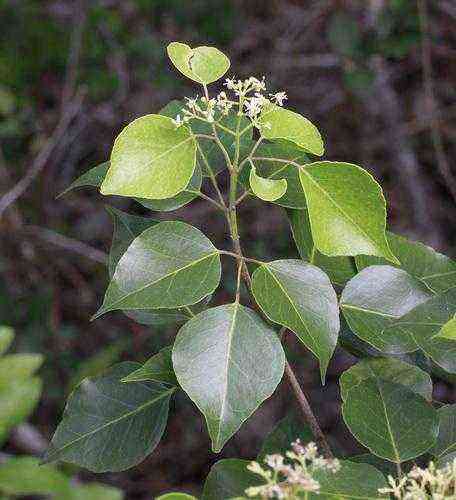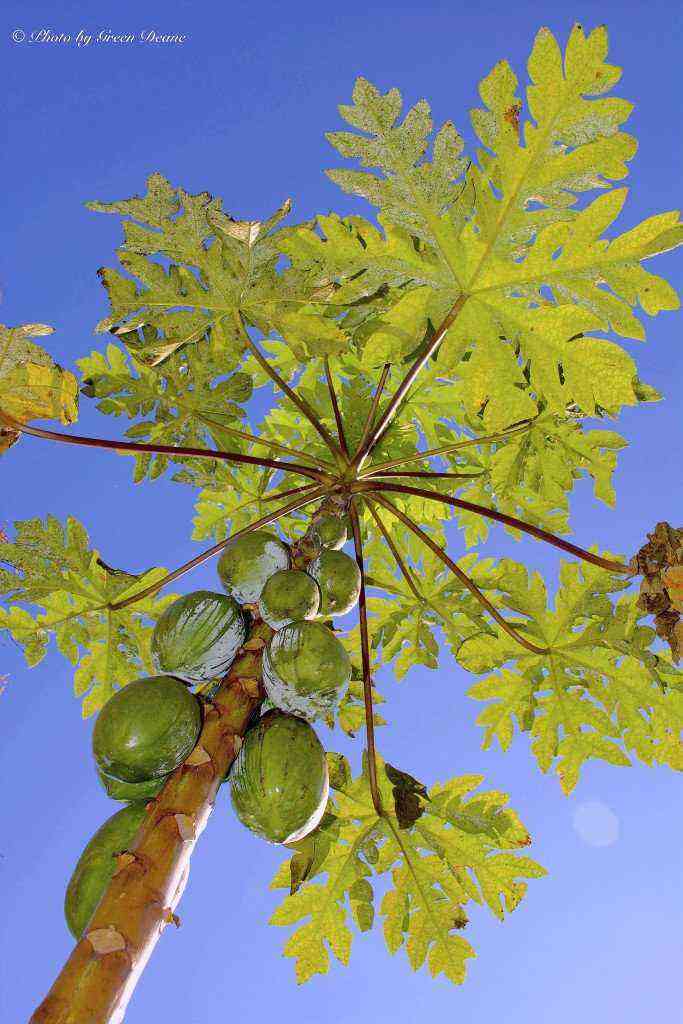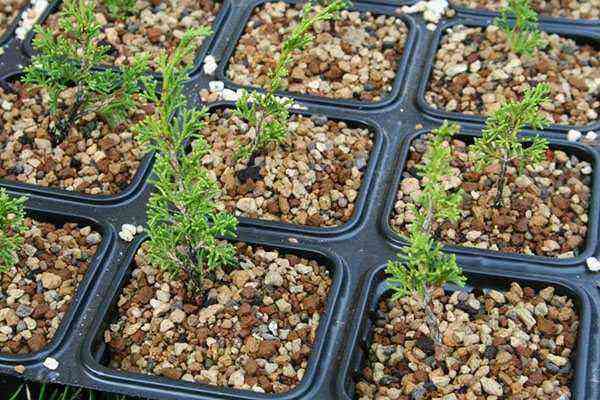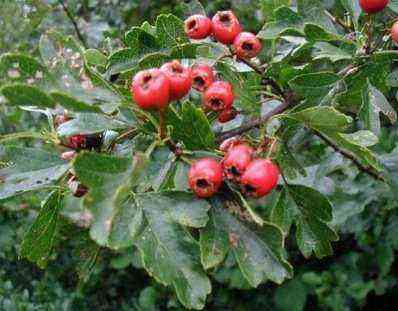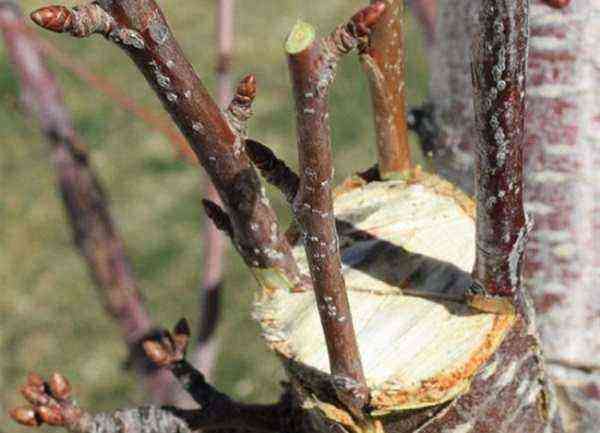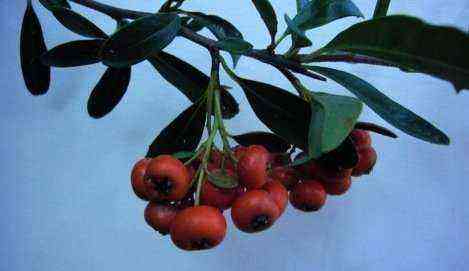Description
Belongs to the genus of the horny family. Department: flowering. Highest qualification: ceratopteris. View: сeratopteris thalictroides.
Appearance
Ceratopteris (Ceratopteris thalictroides) or Indian water fern, if properly kept, can reach almost half a meter in height. The thick stem bears on itself thin branched branches, with curly dissected foliage from dark emerald to light green color. Each leaf is a set of shoots that can detach at any time and start life as an independent plant. The fern has a good and branched root system.
Indian fern species
- pterygoid(ceratopteris pteridoides) has more whole leaves than the Indian water fern, sometimes called “water cabbage”;
- lace(ceratopteris siliguosa) has longer leaves with large cuts;
- Thailand(microsorum pteropus), has several connected root systems, which differs from the Indian fern;
- Shchitovnikovy has golden scales on its stems. It is located horizontally in the aquarium, does not grow up, but in length.
Living in nature
The Indian water fern is most widespread in Asia. But you can find it in the natural zones of Australia, America, Tanzania, where it grows in wetlands, floating on the surface.
Benefits for the aquarium
Where a fern grows, the water is always purified, since this plant has a special property to absorb the substances contained in the reservoir, whether they are useful or harmful. It is better to place the fern individually and closer to the center of the aquarium, so the plant will not only please the eye, but also play an important role in water filtration.
Reproduction
Ceratopteris is actively multiplying. An adult shrub forms shoots on well-formed leaves. After the new plant grows several leaves and the root system forms a little, it separates from the mother and floats to the surface of the water. Thus, the water fern can grow fully on the surface. It is not uncommon for aquarists to start such a fern with large leaves in their aquarium. People often call it “water cabbage”. The conditions of detention are exactly the same, the only difference is that it grows on the surface in a floating form.
Difficulty in content
The species ceratopteris thalictroides has no particular difficulties in keeping. The main thing is to provide him with the right light in sufficient quantity and provide a comfortable soil for his delicate root system. If the temperature balance is not observed, the fern will still grow, albeit not so intensively.
Content in an aquarium
Priming. The fern has a strong root system, but the roots are very fragile in structure. Choose a soft soil, preferably covered with silt (peat, small pebbles, sand). For an average plant, the soil thickness should be at least 4 centimeters. You can plant individual bushes in different pots filled with soil.
Water parameters. The optimum temperature for keeping a fern should be approximately 25 ° C. If the temperature is lower (at least 20 ° C), the plant will not die, but its growth will slow down. It is recommended to defend the water, since the fern will not survive in an acidic alkaline environment, which is usually observed in running water purified with chlorinated substances. Ideally, the water hardness should not exceed 6 degrees.
Not recommended change the water in the aquarium too often, ferns are comfortable in old water rich in humic acids. Fern chemicals – death.
The dimensions of the aquarium. The size is selected depending on your preference. If you plan to grow a fern taller than 40 centimeters, then the aquarium should accordingly be slightly larger than the plant. The plant is rarely more than 30 cm wide. Choose the length of the aquarium in accordance with the number of bushes (one bush per 20 square centimeters).
Lighting. Fern requires a lot of light to grow normally. He will be satisfied with both sunlight and lamp. Under artificial lighting, fluorescent lamps with a power of up to 0,5 W per liter of volume or incandescent lamps with a power of not more than 2 W per liter of volume are used.
IMPORTANT! If you choose natural lighting, be sure to diffuse the sunlight, as direct rays can damage the plant. The fern requires 10-12 hours of light a day.
Aeration and filtration. The Indian water fern is itself a “filter” for the aquarium. Therefore, he does not need an extra helper, he lives well in old water, which he himself purifies. But oxygen can be added to the water for additional growth.
Compatible with other inhabitants in the aquarium
This species gets along well with small breeds of aquarium fish, which hide with pleasure in its dense foliage. If the aquarium contains fish species that like to dig and burrow into the soil, the plant must be planted in a small container so that its root system does not suffer from other inhabitants. The fern is ideal for breeding labyrinth fish (cockerels, gourami). It is not advisable to plant with other plants in order to avoid intertwining root systems.
Diseases, their treatment and prevention
Indian fern cannot have specific diseases. All deviations from the norm in development are caused exclusively by improper care of the plant. Chemical water, burning sun rays and aquarium inhabitants who are not averse to feasting on leaves – all this gradually leads to the death of the plant or an obvious deterioration in its condition (small or yellow leaves, poor budding, extremely slow growth, drying out of the root system).
Lifespan
With proper care, such plants can delight you constantly, giving new shoots.
Average price and where can you buy
One Indian fern bush costs about 300 rubles. You can buy it at pet stores that have a section for aquarists.
Water design
Ceratopteris thalictroides is ideal for quickly filling an empty aquarium. But at the same time, you need to carefully monitor so that other plants do not suffer, since the Indian fern will displace them, in order to get all the space. Many aquarium fish like to spend time hiding in the greenery of this beautiful plant. But, but aquarium snails like its taste, several snails can eat a whole bush in 2-3 days, so you need to control this too. If conditions are favorable, the eaten branches will grow back quickly. In about 3 weeks, several fern bushes can fill a 100 liter aquarium.
This is not a whimsical enough plant, suitable for growing both professional aquarists and beginners.
farmer-online.com
Types of aquarium ferns
Despite the species diversity in nature, tropical species of these plants are often bought for home nurseries with fish. They are tolerant of high humidity levels and have an exquisite decorative appearance. The most popular representatives in water reservoirs:
- Ceratopteris is a separate family of the Fern class, which in the aquarium culture is represented by the ceratopteris genus of the same name.
Scientists have not yet determined how many species are added to ceratopteris.
Basil ceratopteris is one of its representatives. There are 5 more types. The plant is widespread in the subtropical and tropical latitudes of the planet. The stem is short, the root system is well developed and consists of adventitious roots. The sizes of the leaves are varied, they are collected in a socket. The leaf shape is pinnate, dissected, the degree of dissection increases with aging. The horny representatives of this genus are floating substrates. Sometimes these plants take root in swampy soil.
Reproduction takes place with the help of spores, or vegetatively. The daughter plant emerges from brood buds located at the edges of the leaf plates. The life cycle in the natural environment lasts 1 year. In an aquarium, it lasts more than a year, at temperatures above 20 degrees.
A well-known representative is the pterygoid ceratopterus, or floating water cabbage, endemic to Latin America. In the aquarum, it reaches a size of 20 cm. It reproduces vegetatively under the condition of bright lighting and a water temperature of 20-30 degrees.
- Fern Thai Filipins – has graceful, expressive corrugated leaves. The height of the plant is 15-30 cm, the width is 10-20 cm. The acceptable temperature for keeping the plant is 20-30 degrees, the acidity of the water is 5.0-8.0 pH. Not afraid to tolerate salted water, suitable for some viviparous fish. Distribution area – Philippines, in places of ebb and flow of rivers. Amphibian plant. Aquarists recommend planting it in spacious tanks.
See the Thai and Indian fern
The Philippines Thai fern is distinguished by its red-brown color, outwardly bright and beautiful. Turns green with age. The leaves are long and wide. Fern height 15-30 cm, width 10-20 cm. Optimum content: water temperature 20-30 degrees, water acidity 5.0-7.8 pH. It grows slowly, but it grows strongly.
- Pterygoid fern – found in Southeast Asia. One of the most hardy plants. The bushes of the plant are 10-20 cm wide. Lanceolate green leaves are located one after another on the rhizome. The leaves have a height of 25-30 cm. The pterygoid sporozoan has a rhizome, from which hard leaves on short petioles extend. Their surface is seemingly crumpled. It grows year-round at a low speed. Conditions of detention are similar.
- Marsilia is a fern spore, the stem of the plant is its root system. Marsilia has several varieties with nit-like or lamellar leaves. All grow on long branches extending from the roots. Marsilia can live in the depths. In an aquarium, the water temperature is recommended not higher than 22 degrees, with a range of less than 18 degrees it will stop developing. The water should be renewed weekly with fresh water, it takes root in water of medium acidity and hardness. Bright lighting is not recommended for the plant, daylight hours are 12 hours. Sand with silt is suitable as a soil.
- Indian water fern – found in Australia and Northeast Asia. An isolated population in the United States, Tanzania, Mexico. A very popular aquarium plant. Leaves are finely dissected with a height of 40-50 cm. In the tank it looks good in the back and side.
Admire the fern aquarium.
How to care
Artificial lighting for ferns can be installed using fluorescent lamps with a power of 0,4-0,5 W per 1 liter of water in the aquarium. If you use incandescent lamps, then with a power of 3 times less. Daylight hours for aquarium ferns should last no more than 12 hours. Despite the well-developed roots, the plants are very fragile and sensitive. The soil is recommended to be large or small (depending on the type) with silt, a layer thickness of no more than 5 cm. Fern plants practically do not require mineral fertilizers, they are more likely to not tolerate an excess of minerals. The main food is obtained from water and soil.
In order for aquarium plants to grow well and be healthy, they should be disturbed less often, not transplanted from place to place. They require adaptation to the new environment. While catching fish, filtering and aerating, siphons of the bottom, watch the plants so that they are not damaged. Bottom fish, for example, who like to dig in the ground, will take root well in ferns.
Ferns are an excellent decoration for amateur and professional aquariums and aquaterrariums. They can be planted together with, underwater structures. They create the effect of local “jungle” in the nursery, decorating the entire underwater world.
The places of natural growth of this species are tropical zones on continents and islands. Aquarists hold the Indian water fern in high esteem, and masters of the underwater landscape also very successfully use it to create their masterpieces.
This plant shows its decorative qualities and incredibly fast growth to the full with proper maintenance. It is impossible to say that this is a difficult and demanding care, but you will have to adhere to certain rules. The successful cultivation of a fern in an aquarium is impossible without the following steps:
- Since the plant is a guest from the tropics, then in the conditions it will be necessary to maximize the basic parameters. In particular, this applies to temperature. It should be within 22-26 ° C. When it decreases, the fern grows poorly in the aquarium, and the leaves themselves become noticeably smaller and the decorative effect is noticeably reduced.
- Be sure to monitor the reaction of water: if it approaches hard alkaline, the plant withers. Ideally, the reaction should be neutral, slightly acidic is allowed.
- A fern needs good quality lighting in an aquarium. A combination of natural and artificial light is allowed. The latter is quite successfully provided with fluorescent lamps and even incandescent lamps. Your task is to provide the plant with 12 hours of daylight hours.
- The Indian fern does not just do without feeding, but even withers away from their excess. He especially does not tolerate excess nitrates and nitrites.
But care is greatly simplified by the plant’s indifference to changing water. Some plants need constant replacement or partial replacement. This plant does not require such actions and grows quite well in old water, if it contains humic acids.
Breeding Indian Water Fern
If you decide to get new seedlings, then the news for you is just great. The fact is that the fern itself forms the lobes of the roots of a new daughter plant, and after the appearance of new leaves on it, the separation occurs by itself. When the sprout is ready, it simply separates and floats in the water column. You just have to land it in the ground. Not surprisingly, the Indian fern is loved by many aquarists. We will plant new shoots in fine-grained soil. If in the aquarium it is supposed to breed also fans of digging in the ground, then the problem is solved by planting ferns in small flowerpots.


